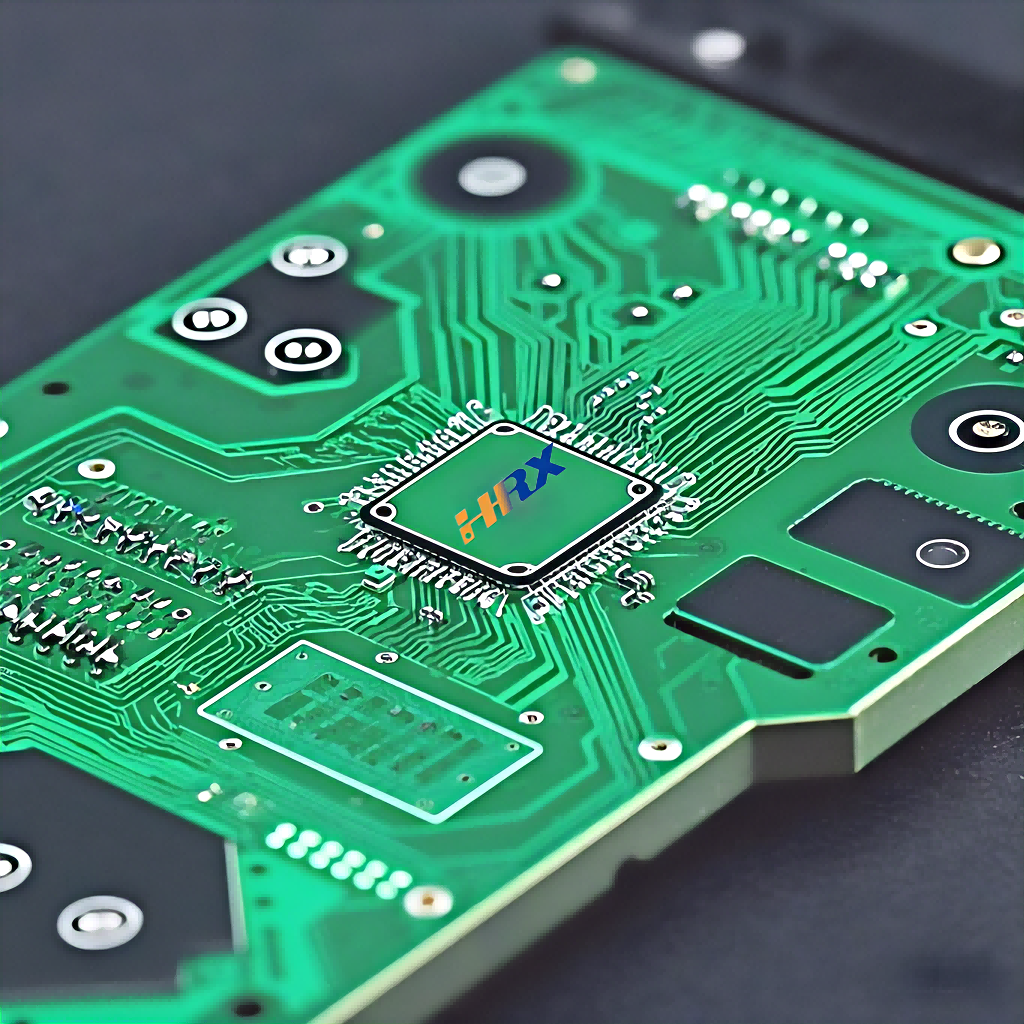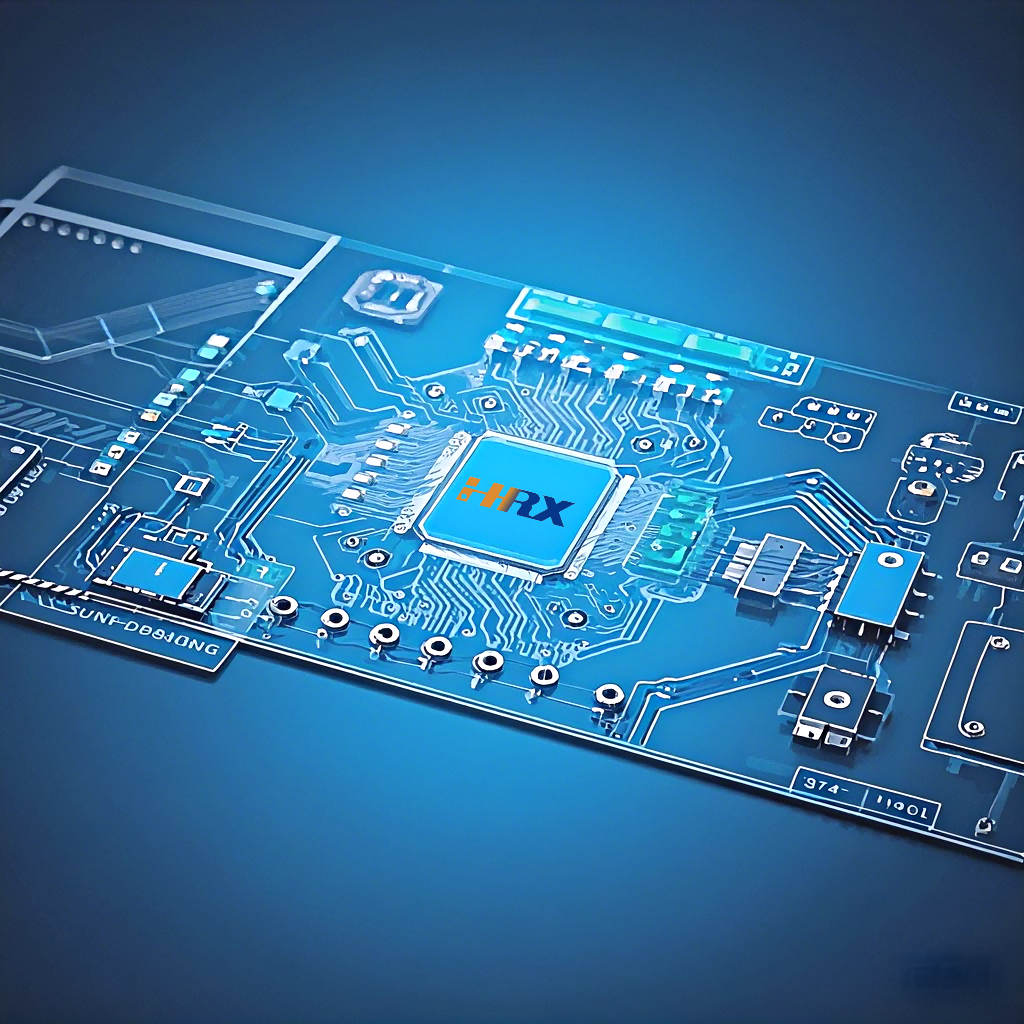Search
Navigating the Complexities in FPC and PCB Design: Triumphs over Challenges
- Jan 07,2025
-
Share
Greetings, tech aficionados! Welcome back to our digital haven of electronics insights. Today, we're delving deep into the trenches of Flexible Printed Circuit (FPC) and Printed Circuit Board (PCB) design, unearthing the formidable challenges we've confronted and the ingenious solutions that propelled our projects to success.

1. The Struggle for Miniaturization in FPC Design
In the relentless pursuit of ever-smaller and more streamlined electronic devices, FPCs are thrust into the spotlight, tasked with achieving the seemingly impossible. A prime example was our recent foray into designing an FPC for a cutting-edge wearable health monitor. This device demanded the seamless integration of an array of sensors, microcontrollers, and communication modules onto a minuscule FPC, all while elegantly conforming to the ergonomic curves of the human anatomy.
The Challenge: With space at an absolute premium, the routing of conductive traces morphed into a herculean task. These traces were required to be ultra-fine, sometimes slimming down to a mere 30 micrometers, without compromising electrical integrity. The need for micro-vias to bridge different layers of the circuit added a new dimension of complexity. These micro-vias, with diameters as diminutive as 80 micrometers, necessitated pinpoint accuracy during fabrication. Any misalignment or imperfection could spell disaster for the entire circuitry.
The Solution: We harnessed the power of state-of-the-art computer-aided design (CAD) software, equipped with sophisticated algorithms for trace optimization. This software meticulously analyzed the layout, deftly minimizing trace lengths and widths while maintaining stringent impedance control, a critical factor for signal fidelity. For the micro-vias, we made a strategic investment in advanced laser drilling technology. This cutting-edge equipment provided the micron-level precision essential for creating reliable micro-vias. Complementing this, we instituted a rigorous post-drilling inspection regime, employing high-powered optical microscopes and scanning electron microscopes (SEMs) to detect even the tiniest of flaws in the vias' geometry and plating quality.
2. Safeguarding Signal Integrity in High-Speed PCB Designs
As data transfer rates in modern electronics soar to stratospheric heights, ensuring unblemished signal integrity has emerged as the linchpin of successful PCB design. Our endeavor to engineer a high-performance gaming motherboard laid bare the numerous hurdles in this regard.
The Challenge: The high-frequency signals coursing through critical interfaces such as PCIe lanes and memory buses were highly susceptible to interference. Crosstalk between adjacent traces, impedance mismatches, and electromagnetic coupling could unleash a cascade of data errors and cripple overall performance. Given the motherboard's mandate to support multi-gigabit per second data throughput, any degradation in signal quality was simply unacceptable.
The Solution: We implemented differential pairs for all vital high-speed signals, a technique that pairs two traces with opposite polarities to mitigate crosstalk. These pairs were painstakingly routed with exacting spacing and length matching, adhering to industry best practices. To master impedance control, we fine-tuned the width and thickness of the traces, while also carefully selecting substrate materials with precisely calibrated dielectric constants. Additionally, we strategically deployed ground planes and shielding vias around the high-speed traces. These vias, acting as a virtual "Faraday cage," shielded the signals from external electromagnetic perturbations. Through exhaustive simulation using advanced electromagnetic field analysis tools like HFSS (High-Frequency Structure Simulator) and CST Microwave Studio, we iteratively refined the design until it met our exacting signal integrity benchmarks.

3. Conquering Thermal Management in Power-Dense PCBs
In applications demanding high power densities, such as industrial power converters and server motherboards, taming the heat beast is an ongoing battle. A recent project centered around an industrial power converter PCB vividly illustrated this challenge.
The Challenge: The power components, including high-power MOSFETs (Metal-Oxide-Semiconductor Field-Effect Transistors) and inductors, disgorged copious amounts of heat. Inadequate heat dissipation could precipitate component failure, plummet efficiency, and even pose safety risks. The PCB's limited surface area available for heat sinks compounded the problem, rendering traditional cooling strategies ineffective.
The Solution: We incorporated thermal vias into the PCB blueprint. These vias, with diameters spanning from 0.5mm to 1mm, were impregnated with thermally conductive epoxy and served as conduits, linking the sweltering power components to the outer layers where heat sinks could be affixed. We also optimized the component layout to foster natural convection currents, facilitating the flow of heat away from critical areas. Furthermore, we opted for substrate materials boasting enhanced thermal conductivity, such as aluminum-based or ceramic-filled composites, to more evenly distribute the heat load. By synergizing these techniques and conducting comprehensive thermal simulations using software like Flotherm and Icepak to anticipate hotspots, we managed to rein in the component temperatures within the safe operating envelope.
4. Balancing Flexibility and Durability in FPCs
FPCs must embody flexibility to nestle into tight confines, yet this pliability often exacts a toll on durability. Our mission to design an FPC for a foldable smartphone hinge epitomized this delicate balancing act.
The Challenge: The FPC was destined to endure thousands of folding cycles without succumbing to cracking or forfeiting electrical conductivity. The materials typically chosen for flexibility, like thin polyimide substrates, were prone to wear and tear. The conductive inks used to etch the traces also faced tribulations, as they could fissure or delaminate over time, jeopardizing the circuit's functionality.
The Solution: We embarked on an extensive materials exploration journey, experimenting with diverse substrate materials and thickness permutations. Eventually, we zeroed in on a reinforced polyimide composite, fortified with nanofibers or microfillers, that furnished enhanced durability while preserving the requisite flexibility. For the conductive inks, we developed a novel formulation, enriched with flexible binders and nano-sized conductive particles, that exhibited superior adhesion and elongation properties. We also overlaid a protective coverlay, sheathed with a specialized elastomeric coating, capable of absorbing and dissipating the stress induced during folding. Rigorous testing, encompassing accelerated folding cycle tests up to 10,000 cycles and comprehensive mechanical and electrical characterization, was carried out to validate the design's robustness.

In conclusion, the domains of FPC and PCB design are rife with challenges, but armed with innovation, cutting-edge technology, and unwavering perseverance, we can surmount these obstacles and pioneer new frontiers. At Shenzhen Huaruixin Electronics Co., Ltd., we remain at the vanguard of technological evolution, ceaselessly learning and adapting to meet these challenges head-on.
So, have you encountered similar conundrums in your electronics exploits? Share your tales in the comments below. Let's pool our knowledge and continue to revolutionize the world of electronics! Until next time, happy designing!

Let’s talk! We’ll provide the perfect solution for you!
-
 Huaruixin Electronics mainly produces printed circuit boards as the core business, to provide customers with one-stop solutions for FPC/PCB production, components sourcing and Assembly.
Huaruixin Electronics mainly produces printed circuit boards as the core business, to provide customers with one-stop solutions for FPC/PCB production, components sourcing and Assembly. - WHAT WE DO — PCB Design Solutions — Flex PCB Production — Components Sourcing — FPC&PCB Assembly
- PRODUCTS — Single Sided Flexible Circuits — Double Sided Flexible Circuits — Multilayer Flexible Cirucits — Rigid-Flex Circuits — FPC Assembly — PCB Assembly
- CAPABILITY — FPC Capability — Rigid-Flex Capability — PCB Capability — Assembly Capability
- Copyright © 2024 Shenzhen Huaruixin Electronics Co., Ltd. All Rights Reserved.
- Design By BONTOP


